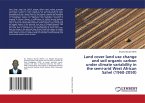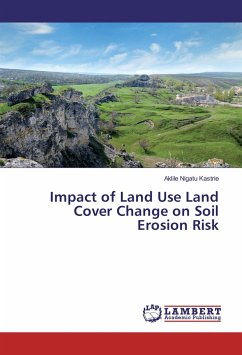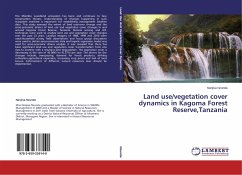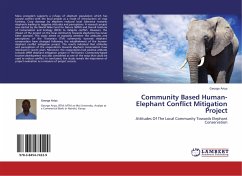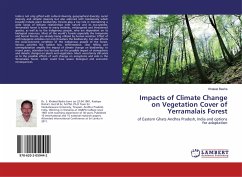Land cover change is a characteristic reflection of human society interacting with physical environment. The Zimbabwe-Mozambique-Zambia Trans-boundary Natural Resources Management Area is a human settled area endowed with a variety of wildlife and wild lands. Human-elephant conflicts occur whenever these two species inhabit the same area,posing serious threat on elephant conservation. We mapped the extent of land cover changes over a 19-year period (1989, 2001, and 2008). Landsat satellite images were analyzed to interpret and detect spatial and temporal land cover changes. Community perception on human-elephant conflicts and the role of conservation policies were captured and analyzed. Deforestation, cultivation, and human-elephant conflicts increased over the period under review and forest classes decreased while the cultivation class increased. Human-elephant conflict hot spots increased, predominantly in areas where cultivation, settlement, and water sources coincide. Agricultural extensification coupled with weak policing, poor user rights, and pseudo power devolution were issues noted affecting conservation initiatives.


